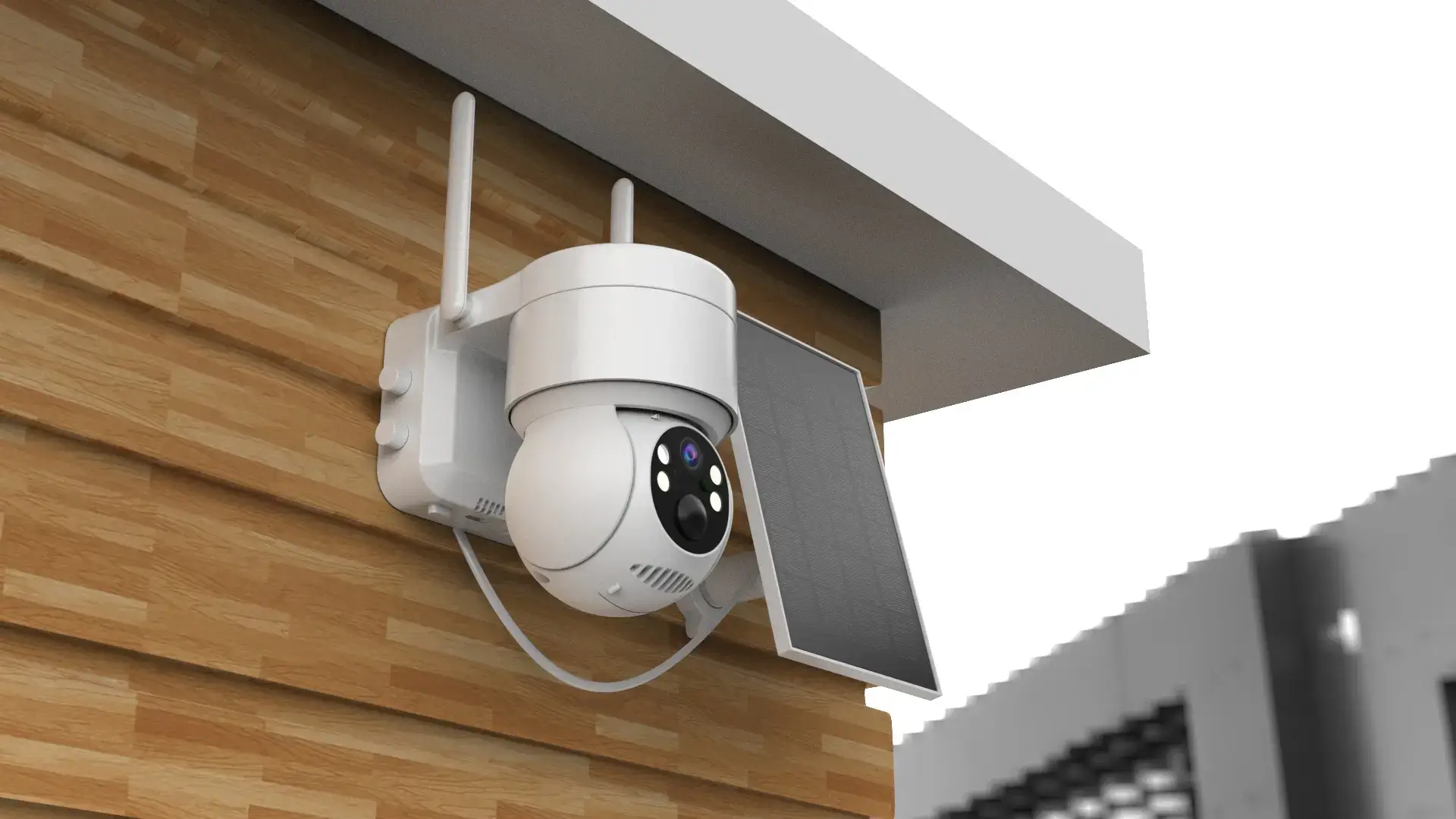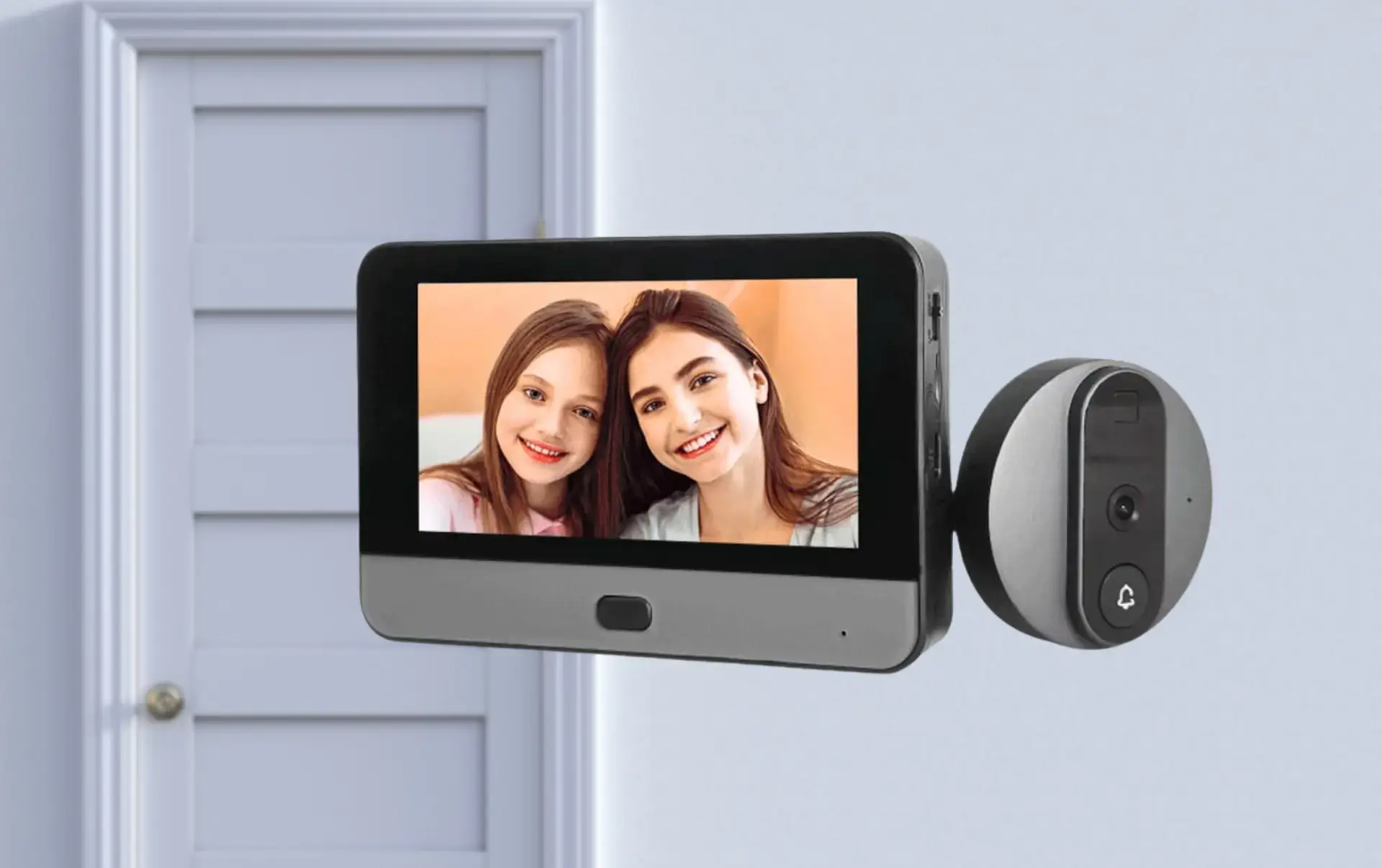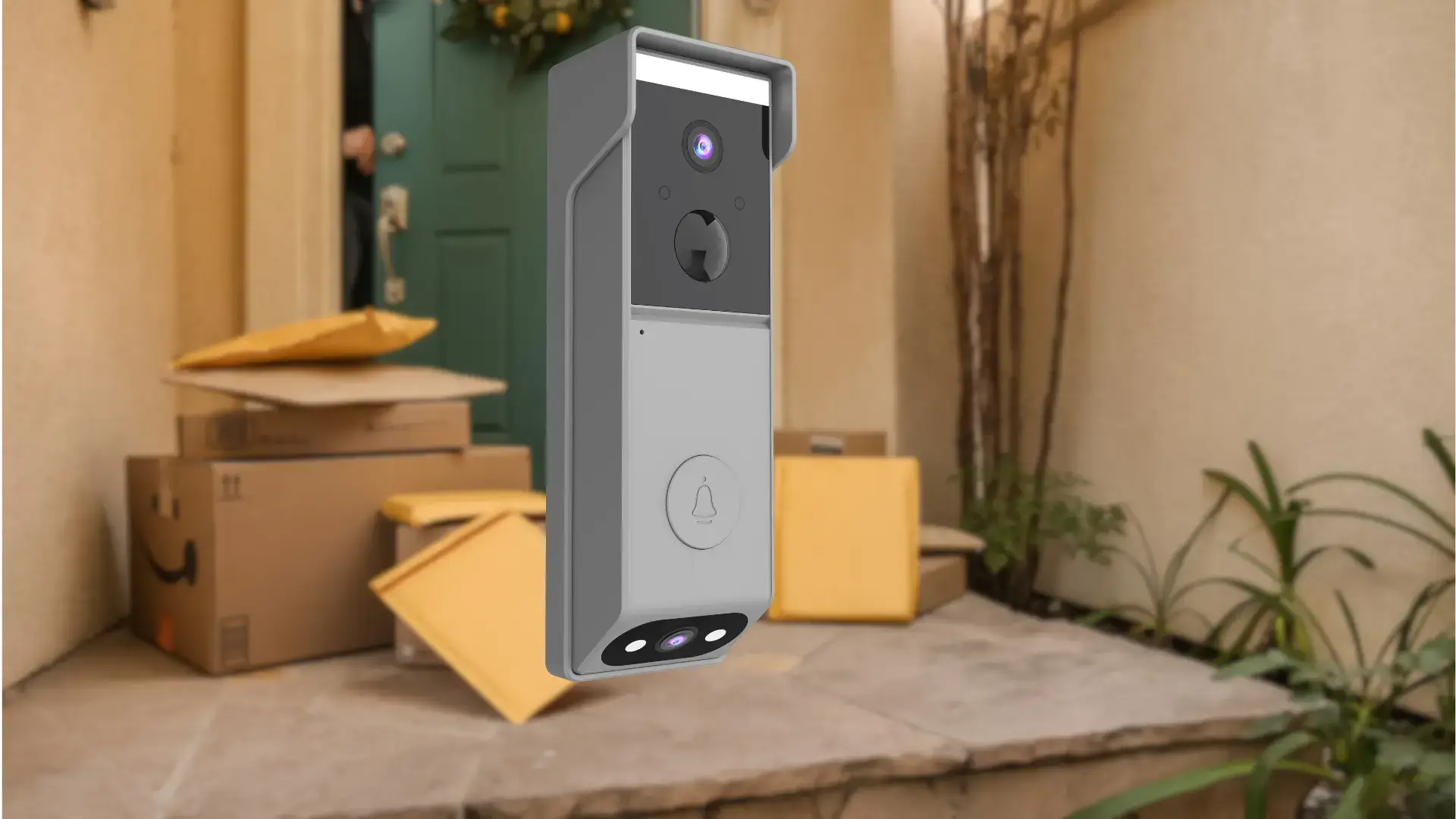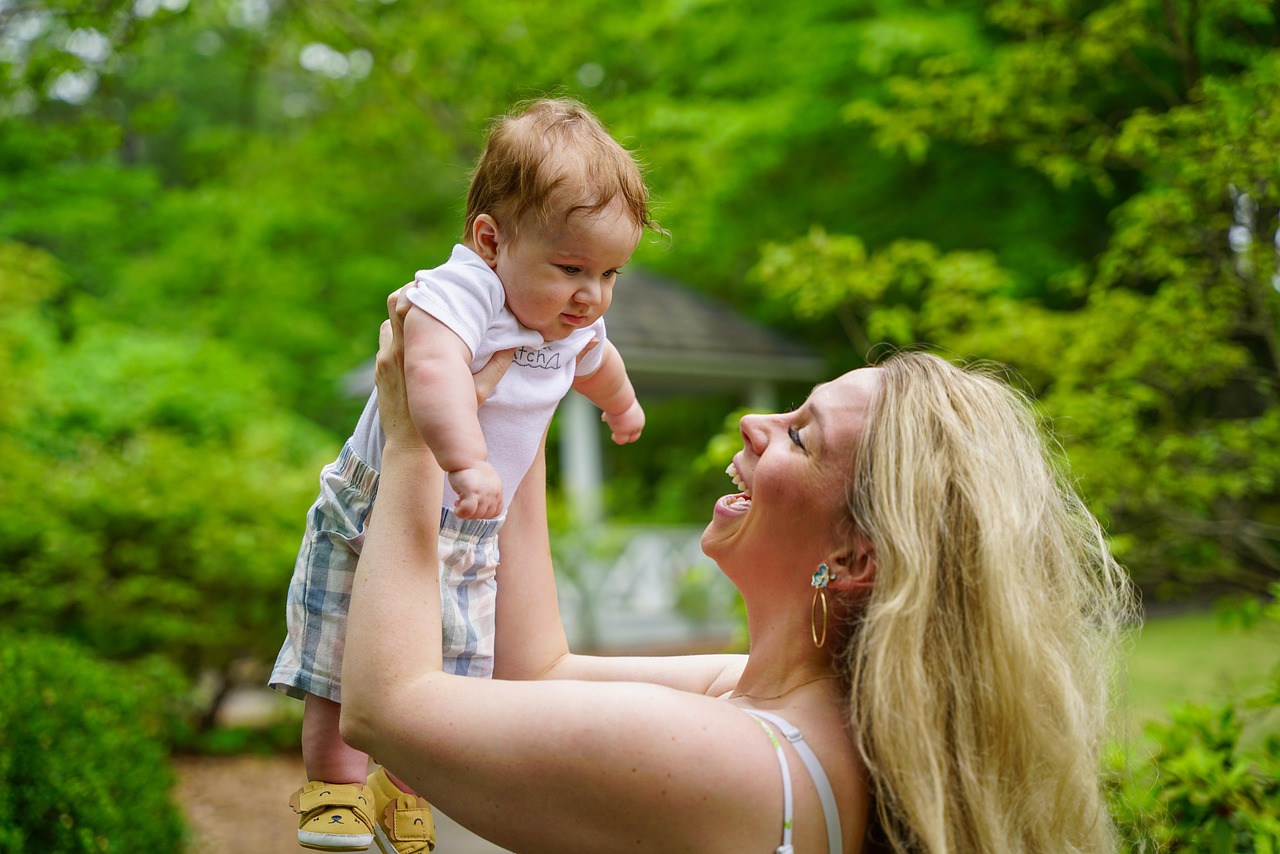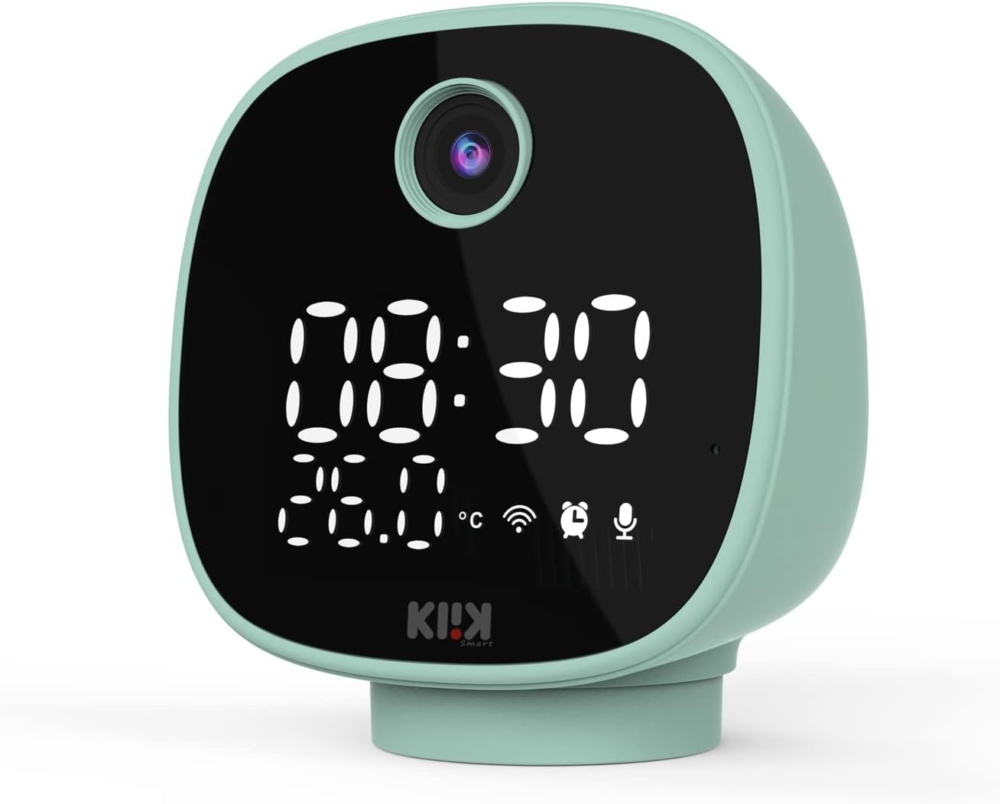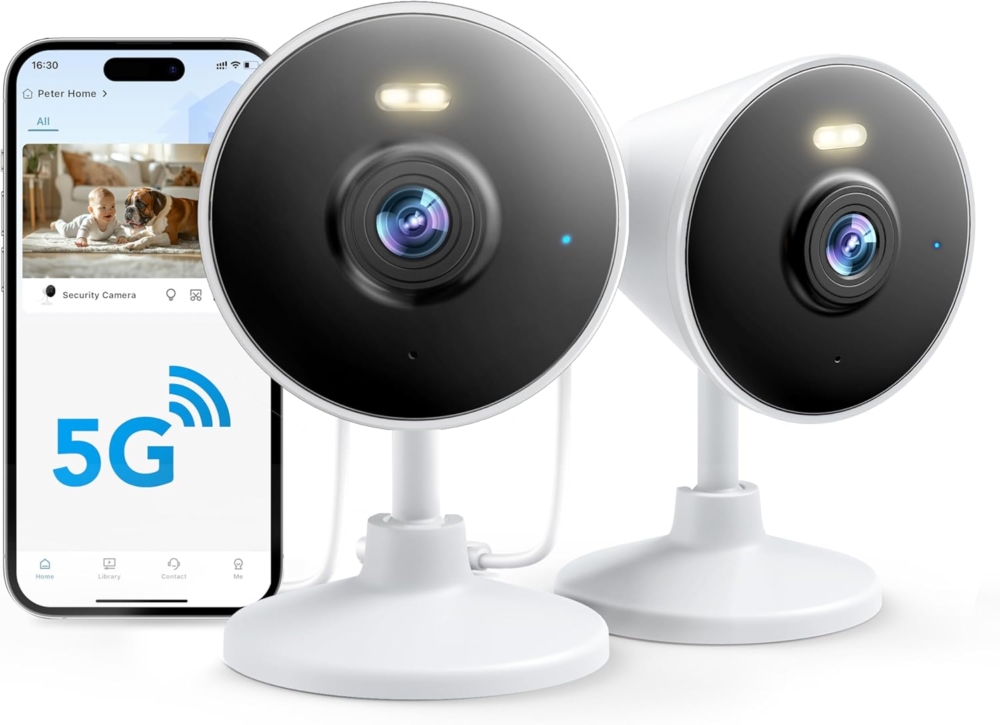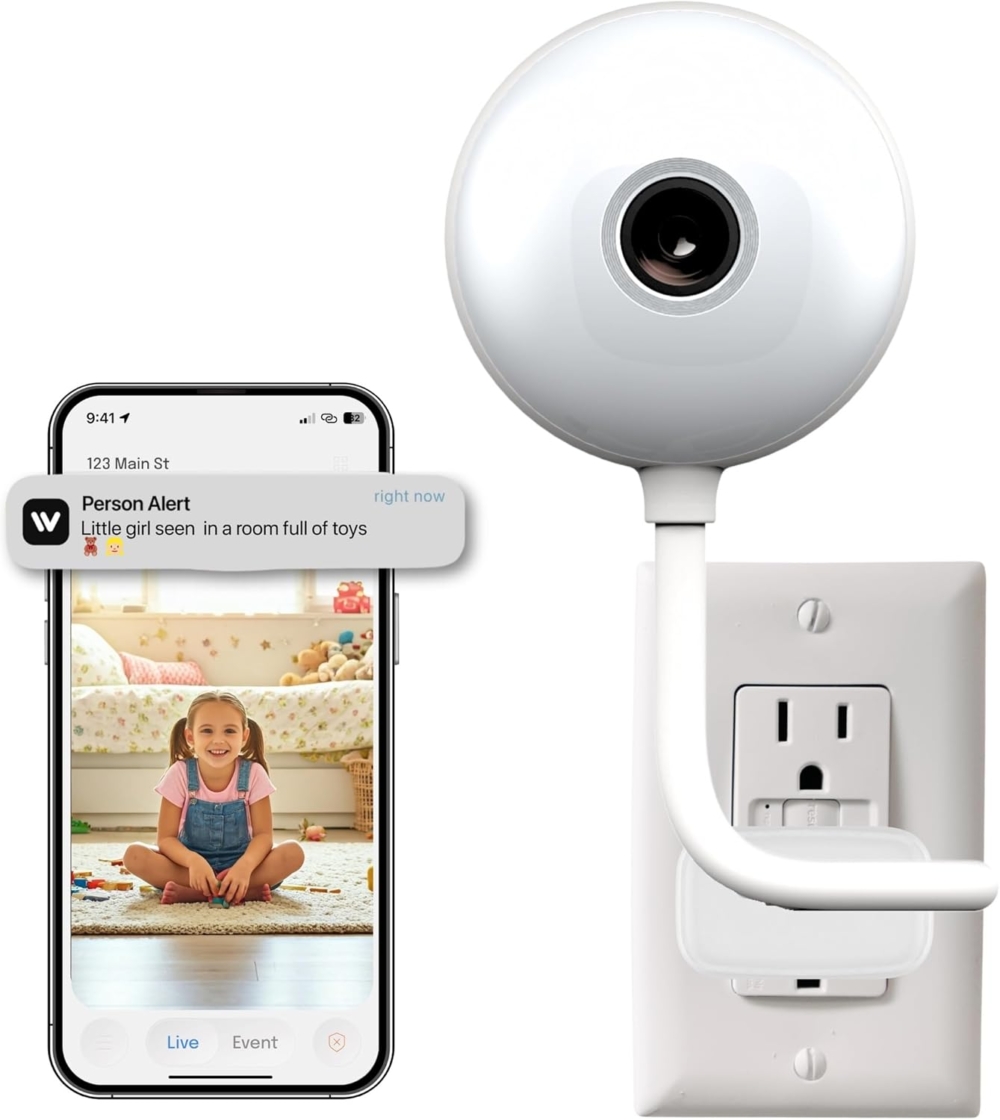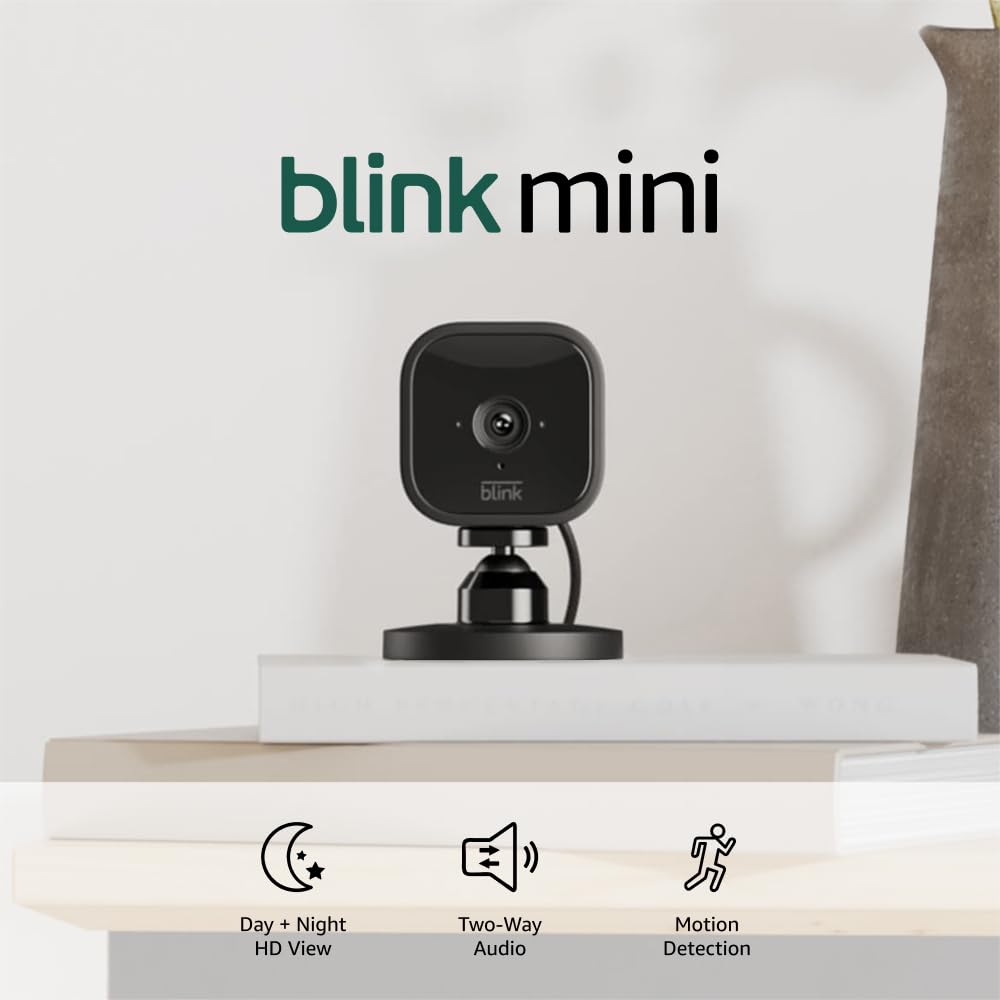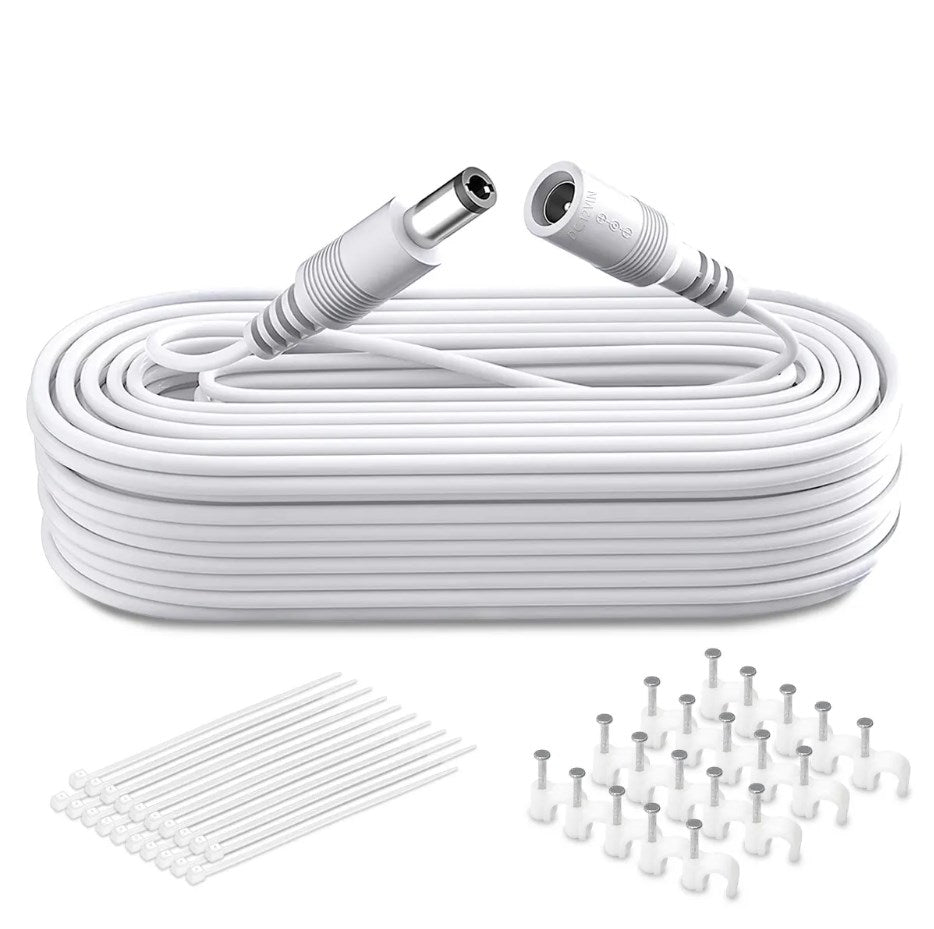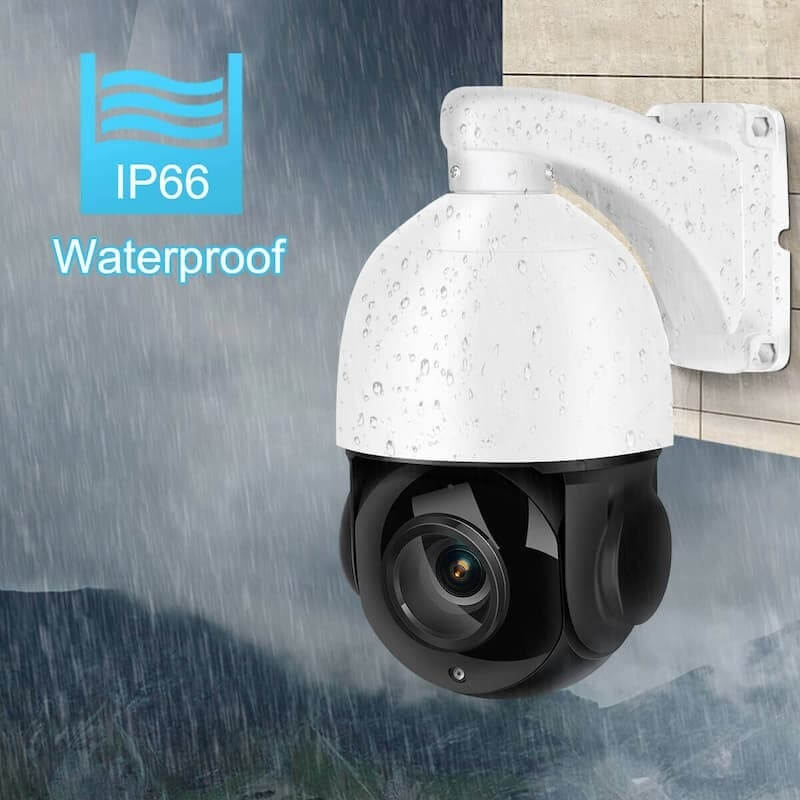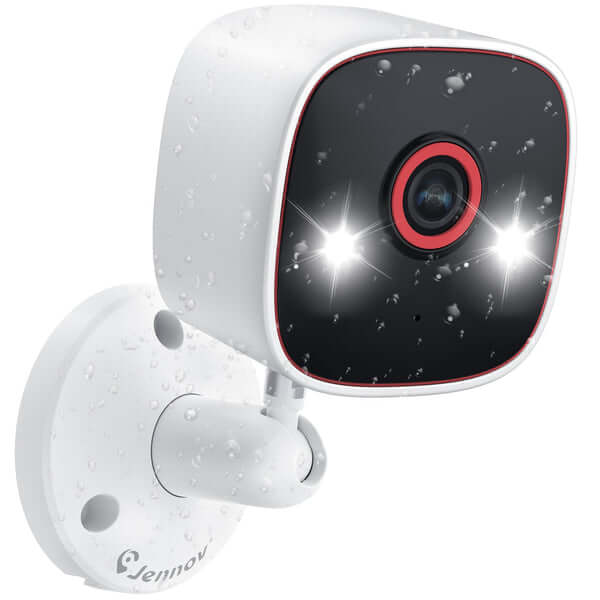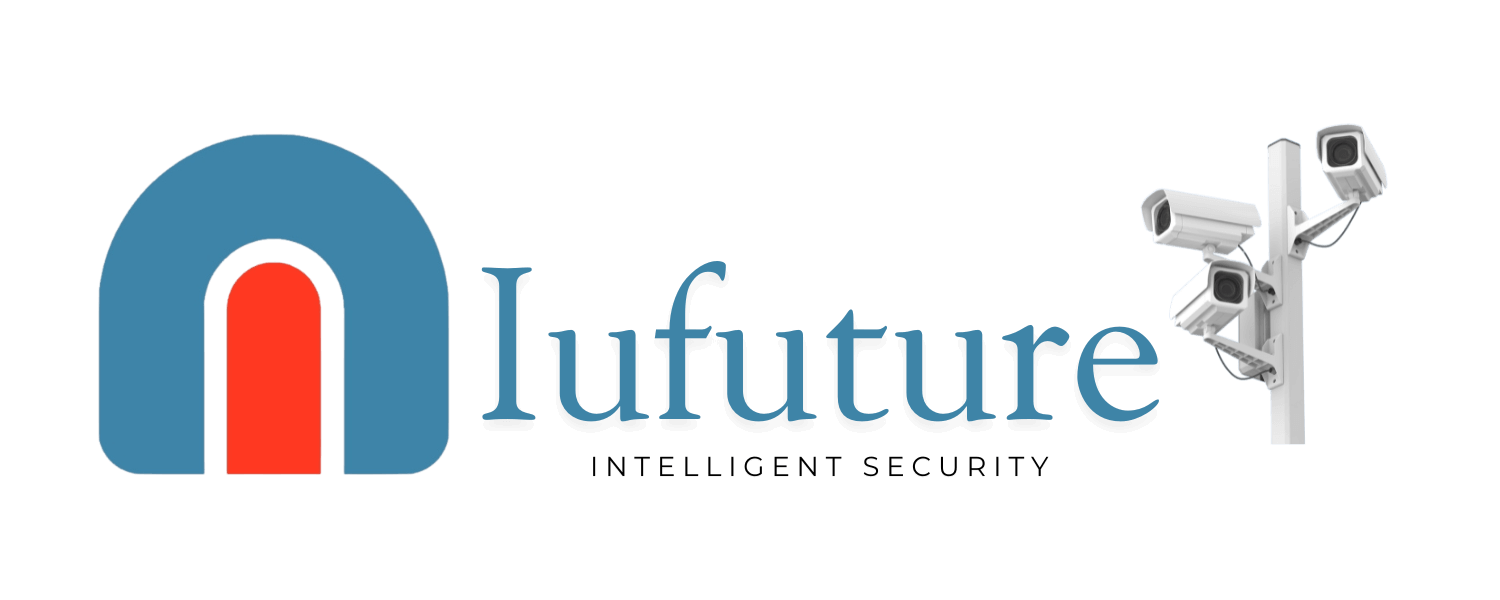Understanding Your Baby’s Needs: A Parent’s Guide to Infant Products
As new parents, one of the most exciting, albeit daunting, aspects of preparing for the arrival of your baby is choosing the right products. With countless options on the market, how do you ensure you’re selecting the best? The goal is to provide your baby with comfort, safety, and happiness while also making your life easier. Let’s take a closer look at what you need to consider when shopping for infant products.
1. Baby Safety Comes First
When it comes to babies, safety is always a top priority. Babies are naturally curious and often unaware of potential dangers. Choosing infant products that meet safety standards is essential. Always look for certifications or seals from trusted organizations such as the Consumer Product Safety Commission (CPSC) or ASTM International. These organizations ensure that products are tested for safety and quality.
For instance, when selecting a crib, ensure it has a sturdy frame with no sharp edges, and the slats should be spaced appropriately to prevent any risk of suffocation. Likewise, baby car seats should always be installed correctly, and you should make sure the model is suitable for your child’s weight and age.
2. Comfort Is Key
Babies spend most of their time sleeping, eating, and being carried, so comfort is crucial. Opt for products that will help your baby feel cozy and relaxed throughout the day. Start with soft, breathable fabrics for your baby’s clothes and bedding. Cotton is often a great choice because it’s gentle on a baby’s sensitive skin and helps regulate body temperature.
For sleep, consider investing in a high-quality crib mattress. A firm, supportive mattress ensures proper spinal alignment and reduces the risk of suffocation, which is critical for infant sleep safety. Soft mattresses may feel comfortable but can be a suffocation hazard, so stick to firm ones that are specifically designed for infants.
3. Convenience for Parents
As much as baby products are designed with your little one in mind, they should also make your life easier. The best infant products are practical and convenient. Consider items that save you time and effort—like a swing or a bouncer that soothes the baby while giving you a much-needed break.
When it comes to feeding, both breast pumps and bottle warmers can make the experience smoother. These items help maintain a consistent feeding schedule, whether you’re breastfeeding or bottle-feeding. A changing table with ample storage for diapers, wipes, and other essentials will make diaper changes more efficient and less stressful.
4. Must-Have Baby Gear
There are some essential items every parent will need for the first few months. Let’s look at a few key pieces of baby gear you shouldn’t miss:
Baby Carrier or Sling: A comfortable baby carrier allows you to keep your baby close while keeping your hands free. This can be particularly helpful when you’re out and about or when you need to do chores around the house.
Stroller: A stroller is a necessity for walks or outings. Consider one that offers easy maneuverability, is lightweight, and has adjustable reclining positions for your baby’s comfort.
Baby Monitor: A reliable baby monitor is essential for checking on your little one while they sleep, especially when they are in another room.
Diaper Bag: The right diaper bag should have enough compartments to organize all the essentials like diapers, wipes, clothes, snacks, and toys. It should be durable, easy to carry, and stylish.
5. The Importance of Feeding Tools
Feeding your baby can be one of the most intimate and rewarding aspects of parenting, but it’s also one of the most challenging. Whether you’re breastfeeding or bottle-feeding, the right tools can make all the difference. Here are a few essential feeding products:
Breast Pumps: If you’re breastfeeding, a breast pump will allow you to store milk for later use. There are manual and electric pumps available, but electric pumps tend to be faster and more efficient.
Bottles and Nipples: Even if you’re breastfeeding, you might need to introduce a bottle at some point. Opt for bottles that are designed to reduce the risk of colic and are easy for babies to hold and use.
High Chair: As your baby grows and begins eating solid foods, a high chair will make mealtime more manageable. Look for a chair that is easy to clean, safe, and offers adjustable features as your baby grows.
How to Choose and Care for Infant Products: Tips for Parents
Once you have a clear understanding of your baby’s needs, the next step is learning how to choose the right products and care for them to ensure safety and durability. It’s not enough to simply buy the most expensive or most popular items. The real challenge is finding products that best suit your family’s lifestyle and your baby’s developmental stages. Let’s go over some important factors that can help you make the right choices.
1. Research and Reviews
Before making any purchase, it’s wise to do some research. Read product reviews and ask for recommendations from other parents, both online and in your personal network. Many baby product retailers provide customer reviews on their websites, and this can offer a wealth of information. Look for feedback about product durability, ease of use, and how well it meets safety standards.
Parents often share insights on what worked best for them and what didn’t, which can help you avoid common pitfalls. Consider joining online parenting forums or social media groups, where parents frequently discuss their experiences with baby products.
2. Adaptability and Longevity
As your baby grows, you’ll need products that can adapt to their changing needs. This is especially true for baby gear like strollers, high chairs, and car seats. Look for products that are adjustable and can grow with your child. A convertible car seat that can be used from infancy to toddlerhood is a great example of a product that offers long-term value.
Similarly, choose strollers with adjustable recline positions or high chairs that can be converted into toddler chairs. These products might have a higher initial cost, but they will save you money in the long run by being usable for several years.
3. Easy to Clean
Babies are messy. They spit up, drool, and are prone to accidents, so your baby products need to be easy to clean. Items like high chairs, play mats, and crib mattresses should have removable, washable covers. When buying baby clothes, be sure to choose fabrics that hold up well to frequent washing.
It’s also important to choose non-toxic cleaning products. Babies often put things in their mouths, so make sure the cleaning products you use on toys, pacifiers, and bottles are safe for your baby.
4. Be Cautious of Trends
While it’s fun to explore the latest baby products, not all trends are worth following. Some items, like trendy baby shoes or overly complex gadgets, may look cute but aren’t necessarily functional. Stick to the basics, and only invest in products that offer genuine value.
In the case of baby products like bassinets, swings, or sleep aids, always check safety ratings and recall notices. Some products, despite being marketed as “must-haves,” may pose risks or not live up to expectations.
5. Consider Your Lifestyle
Lastly, when choosing infant products, think about your family’s lifestyle. Do you travel frequently? If so, a lightweight, compact stroller might be a better choice than a bulky model. Do you live in a small apartment? Look for space-saving solutions like foldable high chairs or multi-functional baby gear.
If you have more than one child, look for items that can be used for multiple babies, such as a double stroller or a convertible crib. Your choices should reflect what makes life easier for you and your growing family.
Choosing the right infant products can feel overwhelming, but with careful planning and consideration, you’ll make decisions that are beneficial for both your baby and your family. Remember, safety, comfort, and practicality should be your guiding principles. By taking the time to research and select high-quality items, you’ll be well-equipped to create a safe, nurturing environment for your newborn.




